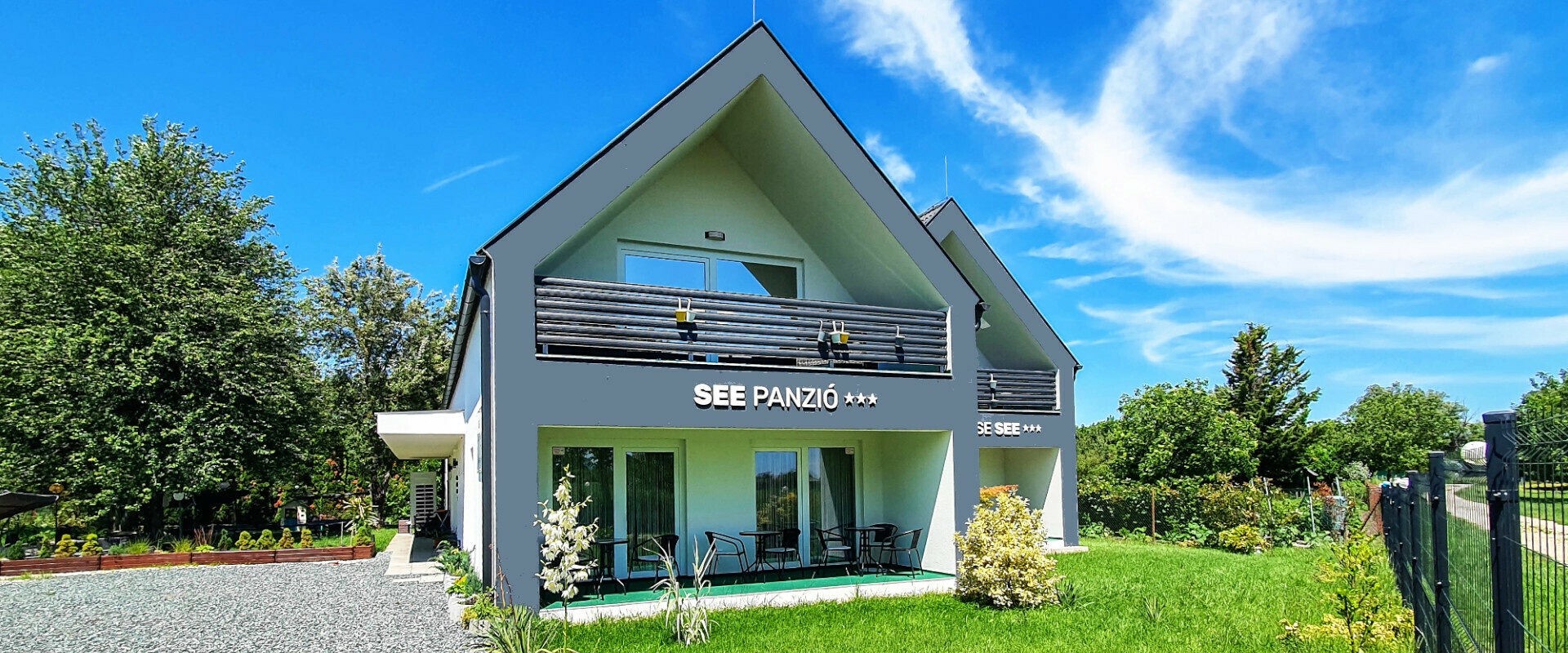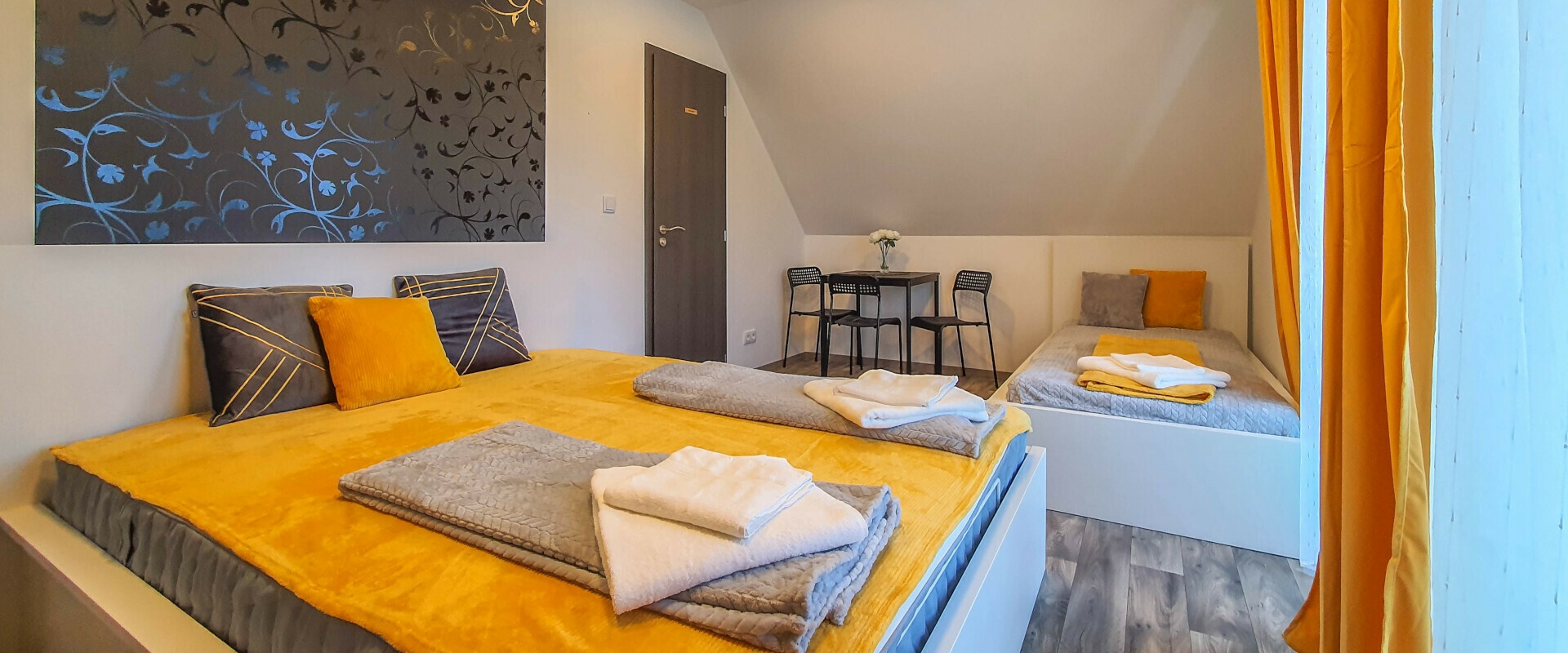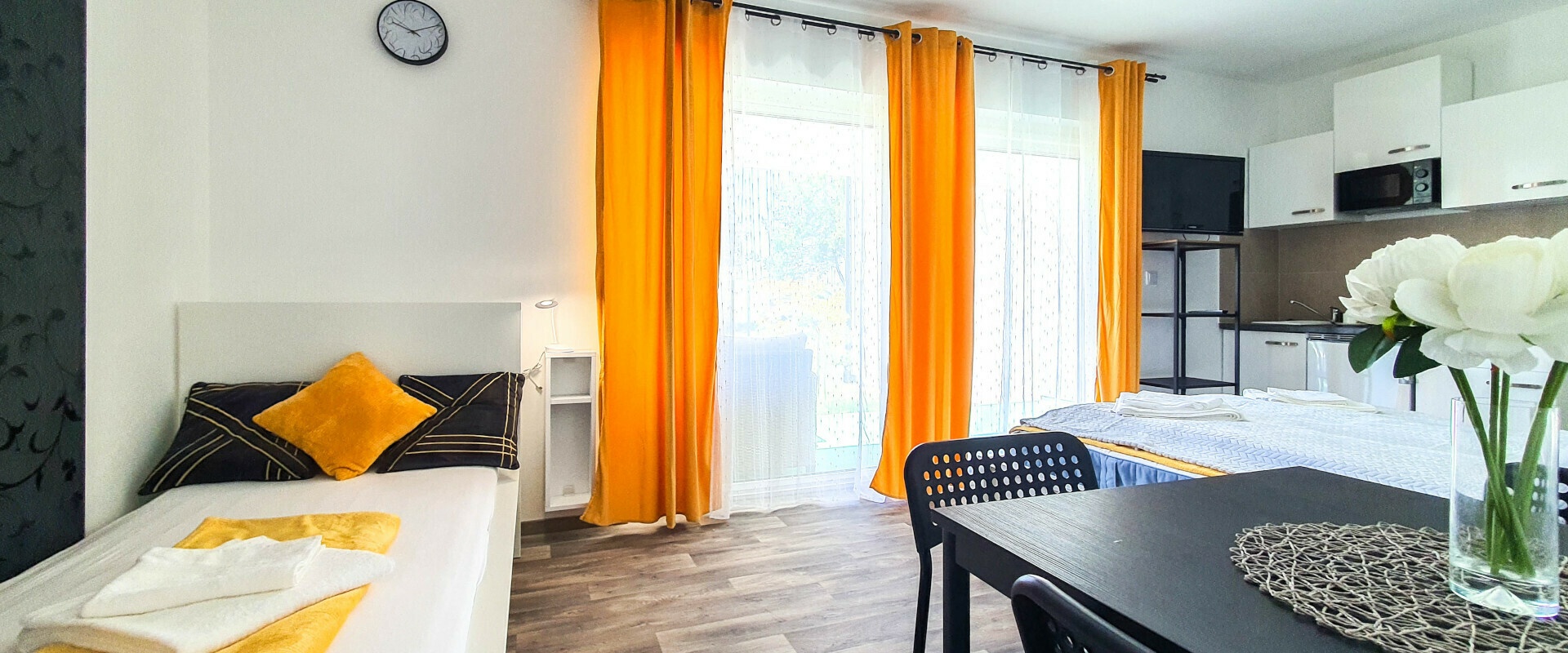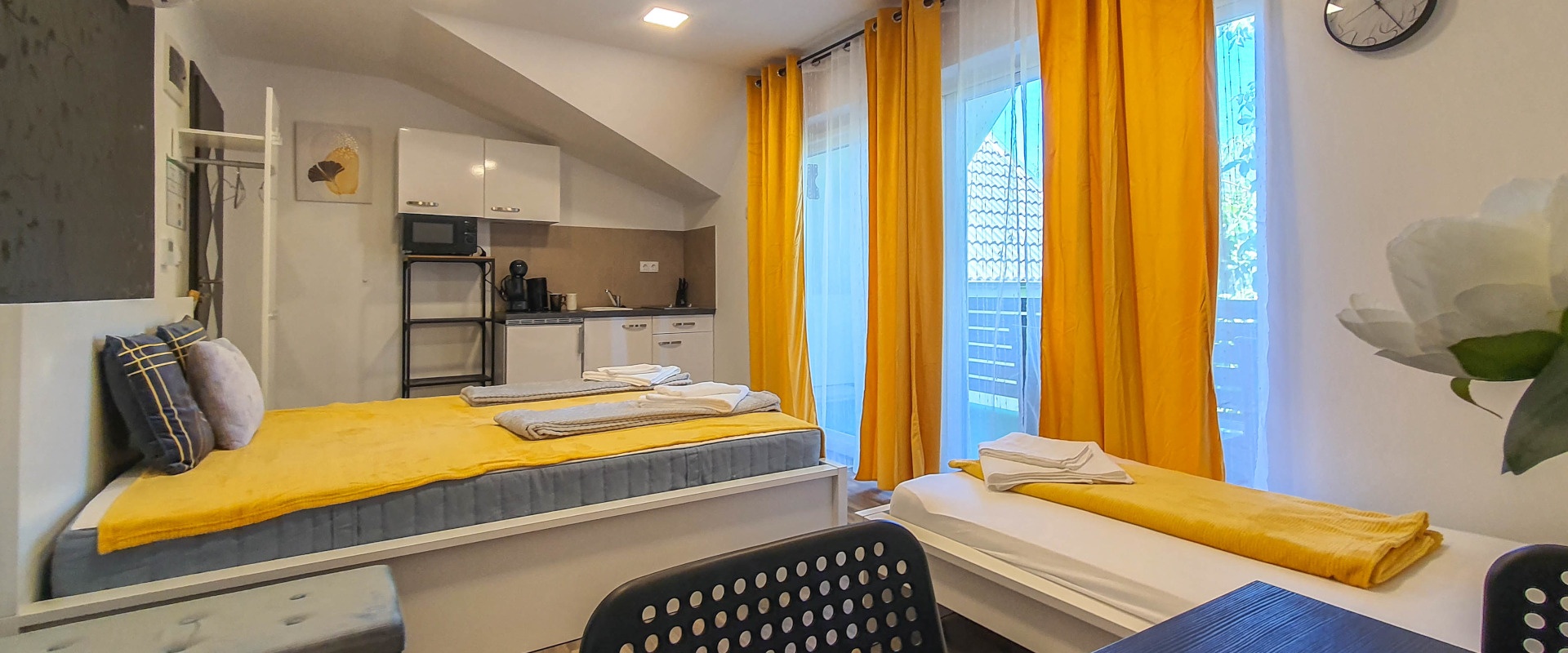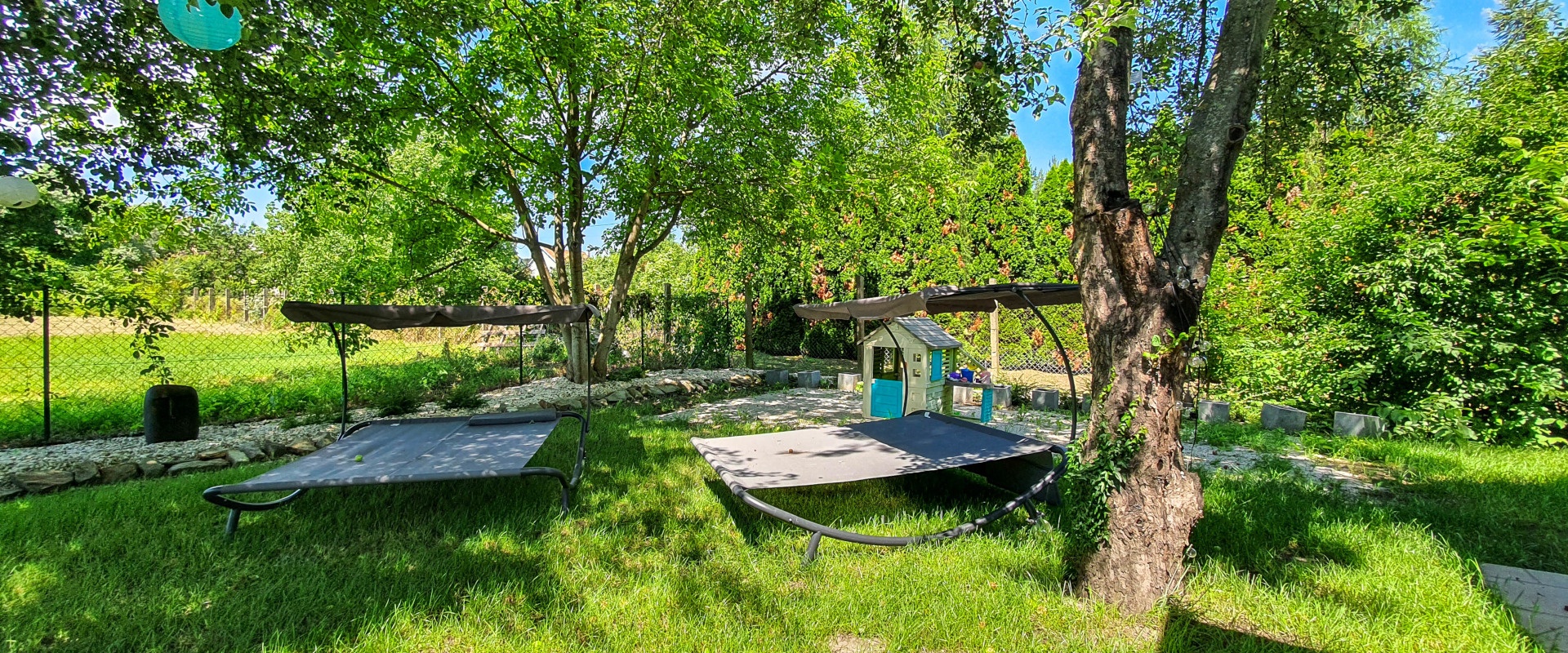Contact
Sea Pension***
Map
Surroundings, attractions
|
The Lake Fertő region is an excellent location for active and ecotourism lovers, with increasingly high-quality services and complex experiences. The Fertő Lake is the second largest lake in Central Europe, located in the Fertő-Hanság National Park, a UNESCO World Heritage Site since 2001. In addition to water sports, a number of elements have been added to the offer, attracting both domestic and foreign tourists. The most important of these are the flora and fauna of the area around the lake, its natural values, its monuments preserving the memories of folk architecture and way of life, its cultural opportunities, the deep thermal and spa waters of the region (Balf, Hegykő), cycling. Viticulture and wine-growing are also outstanding. |
 |
Spa tourism
Spa tourism: the Spa at Balf, located 10 km from our pension in the neighbouring village, is popular with both domestic and foreign tourists. It offers a full range of spa activities. The Hegykő Thermal Baths, with indoor and outdoor pools, await guests looking for health, sport or relaxation, 20 km from our pension.
The thermal water, which has a temperature of 55°C from a depth of 1434 metres, is a sulphurous thermal water with a high mineral content and medically proven therapeutic properties.
In summer, guests can enjoy the cool, mineral-filled, tensioned pools, while from autumn to spring the indoor wellness pool or, in snowfall, the hot, open thermal pools are the perfect place to relax. A playground, deck chairs and a sauna are available for visitors.
Active tourism
The area is attractive for cyclists thanks to its flat terrain, cycling infrastructure, cycle paths and services. The entire lake can be circumnavigated by cycle path, but the paths that cross the Fertő river, dotted with small lakes, are also very popular. From the point of view of road cyclists and cyclists with small children, the cycle route around Lake Fertő has become one of the most important domestic destinations for cycling tourism since its construction. Cycling around Lake Fertő is very popular not only during the high season, but also in autumn and spring.
Hiking
|
Hiking lovers can enjoy several trails, which allow them to admire the natural beauties of the Fertő landscape on foot. They can learn about the biotic community of the saline meadows and lakes, and the role of old Hungarian domestic animals in the conservation and use of protected areas. On the western side of the Lake Fertő, you can discover the wildlife of the reed beds, canals and inland lakes enclosed in reeds on an adventurous 6 km canoe trip. |
 |
Angling tourism
For sport anglers, in several settlements of Sopron and the Fertő landscape, there are day-ticketed angling ponds and natural lakes, which offer a pleasant pastime and a unique natural environment for practising the sport.
Ecotourism
In the Fertő region, the main offer of ecotourism is provided by the sites and visitable areas of the Fertő-Hanság National Park. The Fertő region is a meeting point of different climatic zones, geographic boundaries of flora and fauna. These features, which are unique in Europe, and the diversity of habitats in this small area define the landscape's character. The Hungarian shore is the main area affected by the expansion of reed on the lake. Here, a 240 km network of canals has been cut through the reed beds to provide access to the open water and to the inner lakes, which are closed off by the reed forest. Ecotourists can choose from a variety of themed programmes.
Cultural and heritage tourism
Cultural and heritage tourism is another product that plays an important role in avoiding seasonality. The area around Lake Fertő has a wealth of cultural attractions. One of the most valuable attractions in the area of Lake Fertő is the Mönchhof (Friars' Yard) open-air village museum. It shows the everyday life of the people living and working in the region, but focuses on the last 100 years and gives a picture of a more industrialised and developed village of the time. The most beautiful settlement around Lake Fertő, the smallest free royal town in historical Hungary, Rust, always full of charm and the sound of the stork's warbling, is the town of grapes and wine. The Esterházy Castle in Eisenstadt, the central residence of the famous historical family, is the most beautiful baroque castle in Burgenland, and a visit to the magnificent castle park is an unmissable highlight of any excursion around Lake Fertő.
Wine tourism
|
The Lake Fertő wine region is characterised by its diversity. The Fertő Lake area is the most varied, with both dry and sweet wines being produced from the more than 7,500 hectares of vines. Among these, the Zweigelt, which is gaining ground, has recently become the most popular. The region is characterised by hot summers and cold winters, tempered by the temperature regulating effect of Lake Fertő, which ensures a long growing season for the grapes. One of the main tourist strengths of Sopron and Fertőrákos lies in the gastronomic branch of which the locals are justly proud. The local wine is one of the finest in the country. The Sopron wine region is located in the western tip of the country, in the Alpine region, on the western and southern shores of Lake Fertő and in the Sopron Hills. |
 |
Its most valuable area is the hillsides and slopes around Lake Fertő, covering some 1 500 hectares of wine-growing land. The sub-Mediterranean climate of Lake Fertő has created a true 'wonderland'. The ripening of the grapes is not helped by the reflection of the lake, but by the warm air that stays above the lake during the day and is blown by the wind towards the vineyards at night. Sopron is the centre of the wine region, which also includes Fertőrákos, Kópháza, Balf, Fertőboz, Harka, Fertőszentmiklós and now the Kőszeg district.
Back to the previous page!
